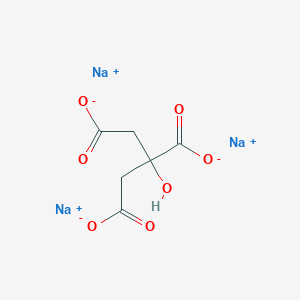Cystitis
Adult: In female patients: 1 sachet (4 g) tid for 2 days. Dissolve contents in a glass of water.
Parenteral
Anticoagulant
Adult: For use with automated plasmapheresis equipment: As 4% trisodium citrate dihydrate solution: Recommended dose is determined by apheresis device. Refer to device operator’s manual.




 Sign Out
Sign Out




